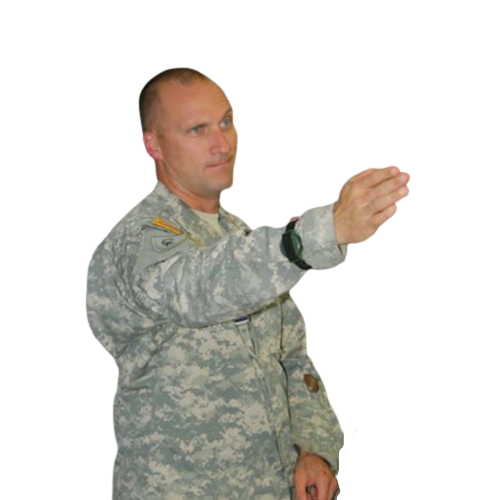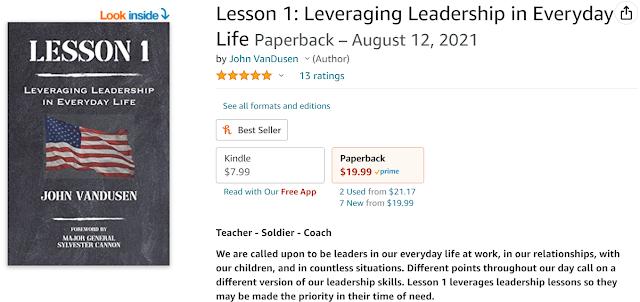TL;DR:
- You have two seconds to grab and hold your students’ attention. They have conditioned their brains to consume content they wish to consume for short periods of time.
- Students lacking attention, focus, and respect for elders is not something new so how do we become better teachers tomorrow than we are today?
- Three principles that help us be better teachers: (1) build relationships (2) provide opportunities to struggle and fail (3) make learning relevant.
You Have Two Seconds
Back in November 2022, I wrote a blog post titled, “You have two seconds…” about observing my 8th-grade students coming in and out of focused attention. I observed that I  had about two seconds to snag their attention and once I had it, I had about 12-15 seconds before it was gone.
had about two seconds to snag their attention and once I had it, I had about 12-15 seconds before it was gone.
“I believe that students have conditioned their brains to do two things: First, they only consume content that they want to consume. If something shows up on their screen (TikTok, Instagram, Netflix, YouTube, etc.) that they don’t like, they do not watch it. They scroll up. Next.
Second, they refresh their attention every 15-60 seconds. TikTok videos average 21-34 seconds and Instagram Reels average 15-60 seconds with bloggers and influencers stating (limited sources) that on both platforms the “best” length for video engagement is 7-15 seconds. They will watch it until the end, building up the algorithm better than if they scroll off a 30-second video when they are only 15 seconds in.”
I am a better teacher today than I was before I wrote that post due to the conversations I have had with parents, teachers, and administrators about our observations. One of my good friends who is now the principal of an elementary school printed it off and used it as professional development with his staff. He said that the conversations in their small groups were incredible!
You may only have two seconds to gain and keep a student’s attention: Use it wisely!CLICK TO TWEETThose conversations have made me a better teacher today than I was yesterday, but I want to be better tomorrow than I am today!
Before making those observations and putting my ideas down on paper, I would get frustrated with the lack of attention, lack of focus, and what I considered disrespectful behavior. As a history teacher, I know that this is not the first time that a teacher has been unhappy with the mental behavior of their students, so I went back a little over 2,400 years and found this gem:
“The children now love luxury; they have bad manners, contempt for authority; they show disrespect for elders and love chatter in place of exercise. Children are now tyrants, not the servants of their households. They no longer rise when elders enter the room. They contradict their parents, chatter before company, gobble up dainties at the table, cross their legs, and tyrannize their teachers.”
― Socrates (470 B.C – 399 B.C.)
In 400 B.C. students didn’t have SnapChat and TikTok, but the same types of issues arose. Lack of attention, inability to focus…Interesting!
So how do we become better teachers tomorrow than we are today?
The techniques, language, and classroom dynamics have changed, but I believe that the overarching principles have stayed the same. Here are three that always float to the top of my thinking.
Relationships.
People don’t want to be alone. Biologically, we are meant to be in a tribe. Unfortunately, we can be in a room full of people and feel completely alone, chasing the next dopamine hit on social media. Building relationships between students can be difficult, but it’s something that must be done. I’m a firm believer that it must be done face-to-face. There are about 100 million (rough estimate) team-building and relationship-building games you can find based on the age of your students and their ability level. Fun, silliness, and laughter will help build friendships within your classroom.

Struggle.
I use the example of “Playing Madden on Rookie” to describe this. Once and a while, it can be fun to put up 100 points on a video game, but in reality, it’s not as fun as you would think. Daniel Coyle in his book, “The Talent Code: Unlocking the Secret of Skill in Sports, Art, Music, Math, and Just About Everything Else” states it this way, “Struggle is not an option: it’s a biological requirement.” He continues, citing a study from 1995:
“According to a 1995 study, a sample of Japanese eighth graders spent 44 percent of their class time inventing, thinking, and actively struggling with underlying concepts. The study’s sample of American students, on the other hand, spent less than 1 percent of their time in that state.”
Wow. If you read about the training routines of Kobe Bryant (I recommend, “The Mamba Mentality: How I Play”) and Michael Jordan, you will find some of the same ideas about struggling and pushing to be better.
We can do that too. Your students are more capable than they think they are.
With struggle comes failure. But is failure so bad? When I was teaching Pre-K thru 5th grade S.T.E.M., I routinely heard the following progression from students as they were attempting something difficult.
“It’s impossible.”
“I can’t do it.”
“I think I got it.”
“YES, I DID IT!”
“This is easy!”
What I observed in my S.T.E.M. classroom wasn’t a new concept. Benard Shaw (1856-1950) said, “People who say it cannot be done, should not interrupt those who are doing it.” Help your students get out of their own way! Read my blog post “Prepare to Fail!”
[scroll down to keep reading]Relativity.
I’m not talking about the speed of light as Einstein was. Wait. Yes, I am, just in a different context. As a “more seasoned” teacher, I grew up without cell phones, iPads, Instagram, and Netflix. However, our students will never know such a world. To them, everything happens quite literally at the speed of light.
Putting that history teacher hat back on, something I struggle with every day is making events of the past relevant to events of today. Luckily, the last few years have been rich with “history repeated itself” moments. Arguments over free speech, taxes, war, and the environmental impact of industry are all hot topics of today. They were also hot topics in the 1760s, 1810s, and 1890s.
It doesn’t take that much more effort on the teacher’s side to intertwine my history lessons with modern-day events. This enhances my student’s experience in the classroom and challenges some of their preconceptions about history.
This idea of making the material relevant also sets them up to struggle in order to make connections between something that happened two days ago with something that happened two hundred years ago. Lucky for our students, because of the relationships that they build with their teachers and with each other, those struggles never have to be faced alone.
You may only have two seconds to gain and keep a student’s attention: Use it wisely!








